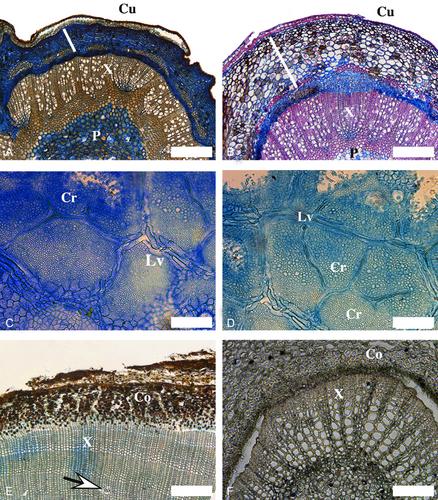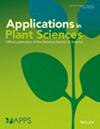Using disposable food packaging materials as printing, embedding, and sectioning media in the plant anatomy lab
Abstract
Premise
During the COVID-19 pandemic lockdown, all laboratory work was suspended, and we were obliged to work from home, causing delays in our research. As the disruption to supply chains made it difficult to obtain our regular lab supplies, we were obliged to search for substitutes. We became familiar with a plastic material known as biaxially oriented polypropylene (BOPP) that is widely used in the food industry for wrapping or storing fruits, vegetables, and meat. BOPP is easily dissolved in organic solvents such as xylenes, acetone, or thinner, but these reagents are very toxic, flammable, and can cause nausea in some users. After testing several alternatives, we found a polyurethane remover that proved to be an effective and relatively harmless BOPP solvent.
Methods and Results
By dissolving thin slices of BOPP in a polyurethane solvent, we obtained a clean fluid that we used to obtain leaf surface prints that could be mounted on microscope slides with a coverslip. This fluid produced excellent bark and wood sections and can be used to obtain wood or charcoal surface prints. Our attempts to use it as a mounting medium were unsuccessful.
Conclusions
BOPP dissolved in a polyurethane remover is a handy, versatile resource for plant microtechniques. In addition to its economic advantages, it is useful in terms of reducing plastic pollution.



 求助内容:
求助内容: 应助结果提醒方式:
应助结果提醒方式:


